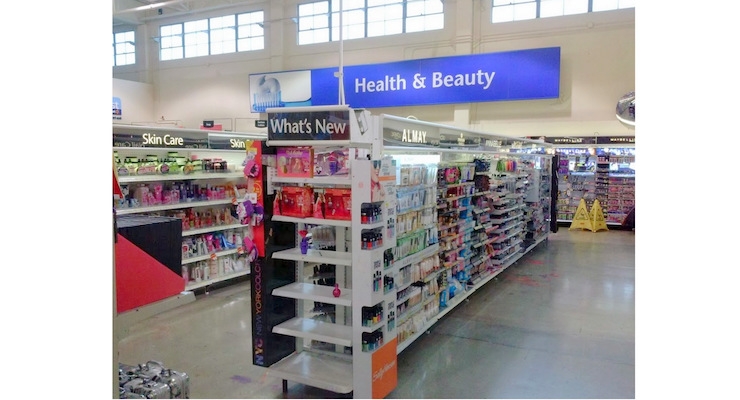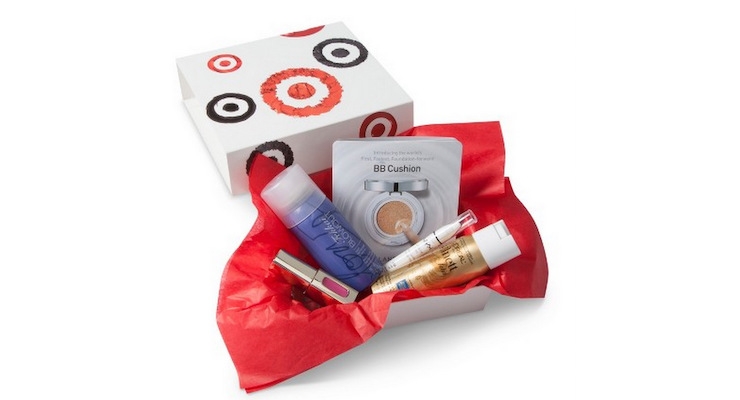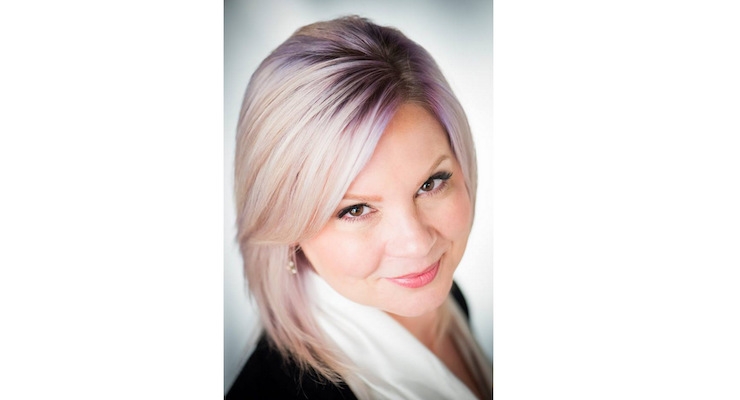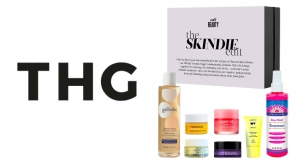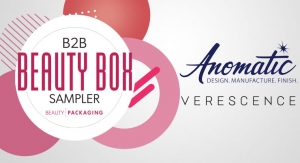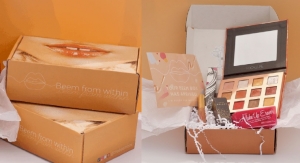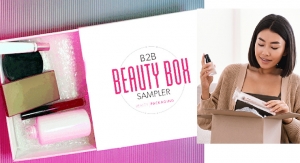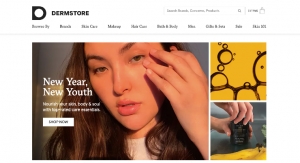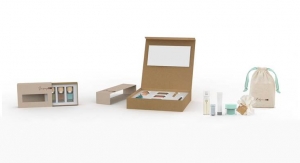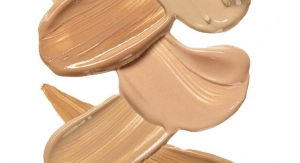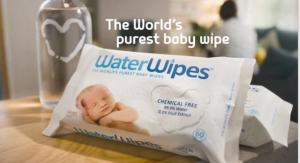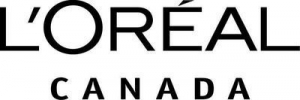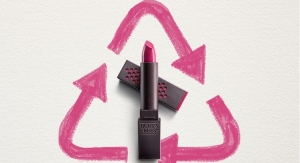Tina Kunkel 12.15.16
Gone are the days where most consumers are blindly loyal to a specific beauty brand and store. With Sephora and other beauty-focused brick-and-mortar retailers, as well as the bevy of online buying options, drug and grocery stores need to step up their game if they want to remain relevant in the category and recapture consumer attention in the beauty aisle.
Walmart and Target have already begun to adjust by taking cues from the Sephora playbook. These retailers are thinking beyond the abundance of indistinguishable products on crowded in-store shelves. By redesigning the brand experience at every touch point, from in-store to online and in-home, they’re helping to put consumers in the right frame of mind to purchase.
Both big-box players have redesigned beauty in-store displays to be more welcoming and easier to navigate, with a more boutique-like feel. They’ve lowered shelves and shortened aisles so that consumers are not as overwhelmed by a wide-assortment of endless products that seem to blend together. The beauty aisles are also better lit with in-store lighting that casts a more natural light on skin tones, to create a welcoming environment and make it easier to shop for the perfect shade. These retailers have also started to utilize end-caps with interesting and unique products, to draw shoppers into the beauty section of the stores from the main aisles.
Photos in the slideshow above: Walmart's beauty aisles; Target's Beauty Box; the author, Tina Kunkell
Drug & Grocery Retailers Have Not Responded As Quickly
Unlike Walmart and Target, the drug and grocery retailers have not responded as quickly to the changes that consumers are demanding. Many of them still have that one tall, long, poorly lit, and difficult to navigate wall of beauty products. It feels unwelcoming and overwhelming. If you don’t know exactly what you’re going in for, it can be an arduous task trying to find that tube of mascara you’re looking for. There are few end-caps or displays to help break up the seemingly endless wall of sameness. There is nothing exciting or eye-catching about the vast wall of products.
Another way Walmart and Target have started to draw more customers to their beauty offerings and improve the in-home and online beauty experience is with beauty box subscriptions. According to a recent survey by Hitwise, the visits to subscription box sites have increased almost 3,000% in US since 2013, counting 21.4 million visits during January.
The Subscription Box Phenomenon
The subscription box phenomenon appeals to a critically important segment of consumers who are entering the prime of their earning and spending years, which should sustain continued growth in the category. Subscription box shoppers tend to have above average income and education levels, and fall predominantly into the 25 to 39 year-old age bracket. Similar to online beauty box subscription services such as Birchbox (one of the first and highly successful beauty box subscription services) and Sephora, both Walmart and Target offer direct-to-consumer beauty boxes with sample-size products that promote in-home trial, without making the full financial commitment.
Target’s beauty box (one of which is shown in the slideshow above) is usually comprised of more upscale beauty offerings, including mascara, lip liner, hairspray, keratin hair treatments and more for about $7. However, the beauty boxes are about much more than sampling products. As online shopping increases and in-store sampling and shopping decrease, the beauty boxes provide a brand experience that was lacking.
According to Birchbox founder Katia Beauchamp, "The idea [behind Birchbox] was to leverage the subscription model to be part of the product discovery process. We wanted to transform e-commerce from a flat, two-dimensional world by giving it texture and reality." According to NPD, a consumer market research group, women who subscribe to Birchbox love receiving a package on their doorstep and not knowing exactly what is inside. It helps that the boxes are beautifully packaged, so women feel they were receiving a gift in the mail. "This business is about the art of giving to yourself," says Marshal Cohen, chief industry analyst at NPD. "Millennial consumers, in particular, love the idea of self-indulgence, and subscription companies really understand this.”
The beauty box strategy is proven to work well with online retailers and for brick-and-mortar it should work to bring more consumers back to the store or to online for purchase after trial. The box subscriptions keep the beauty category at Target top of mind for consumers.
Instead of thinking of a beauty boutique when their mascara runs out, they think of a trip to Target (or a quick visit to Target.com), where they can get that tube of mascara they loved in their beauty box, along with household items, groceries and clothing. Target’s beauty boxes even come with coupons for future full-size purchases of the sample items, to further encourage consumers to return for the products they loved. By considering all of these touch points, including in-store, online and in-home, brands contribute to the positive experience that naturally coincides with purchasing beauty products that make consumers look and feel good.
Many drug stores seem to be trying to draw in beauty consumers with ads and coupons, but they simply don’t feel as personal, welcoming, fun or trendy as the new products ready for sampling in the beauty box – that is really a surprise and delight strategy.
For today’s consumers it’s about more than cramming a plethora of products on a shelf. They’re now insistent on a positive overall brand experience that was previously lacking in both e-commerce and big-box beauty retailers. To remain relevant to consumers, drug and grocery retailers must not ignore the trends occurring in specialty and other mass retail; rather they must embrace new ideas and evolve their multichannel offerings.
ABOUT THE AUTHOR
Walmart and Target have already begun to adjust by taking cues from the Sephora playbook. These retailers are thinking beyond the abundance of indistinguishable products on crowded in-store shelves. By redesigning the brand experience at every touch point, from in-store to online and in-home, they’re helping to put consumers in the right frame of mind to purchase.
Both big-box players have redesigned beauty in-store displays to be more welcoming and easier to navigate, with a more boutique-like feel. They’ve lowered shelves and shortened aisles so that consumers are not as overwhelmed by a wide-assortment of endless products that seem to blend together. The beauty aisles are also better lit with in-store lighting that casts a more natural light on skin tones, to create a welcoming environment and make it easier to shop for the perfect shade. These retailers have also started to utilize end-caps with interesting and unique products, to draw shoppers into the beauty section of the stores from the main aisles.
Photos in the slideshow above: Walmart's beauty aisles; Target's Beauty Box; the author, Tina Kunkell
Drug & Grocery Retailers Have Not Responded As Quickly
Unlike Walmart and Target, the drug and grocery retailers have not responded as quickly to the changes that consumers are demanding. Many of them still have that one tall, long, poorly lit, and difficult to navigate wall of beauty products. It feels unwelcoming and overwhelming. If you don’t know exactly what you’re going in for, it can be an arduous task trying to find that tube of mascara you’re looking for. There are few end-caps or displays to help break up the seemingly endless wall of sameness. There is nothing exciting or eye-catching about the vast wall of products.
Another way Walmart and Target have started to draw more customers to their beauty offerings and improve the in-home and online beauty experience is with beauty box subscriptions. According to a recent survey by Hitwise, the visits to subscription box sites have increased almost 3,000% in US since 2013, counting 21.4 million visits during January.
The Subscription Box Phenomenon
The subscription box phenomenon appeals to a critically important segment of consumers who are entering the prime of their earning and spending years, which should sustain continued growth in the category. Subscription box shoppers tend to have above average income and education levels, and fall predominantly into the 25 to 39 year-old age bracket. Similar to online beauty box subscription services such as Birchbox (one of the first and highly successful beauty box subscription services) and Sephora, both Walmart and Target offer direct-to-consumer beauty boxes with sample-size products that promote in-home trial, without making the full financial commitment.
Target’s beauty box (one of which is shown in the slideshow above) is usually comprised of more upscale beauty offerings, including mascara, lip liner, hairspray, keratin hair treatments and more for about $7. However, the beauty boxes are about much more than sampling products. As online shopping increases and in-store sampling and shopping decrease, the beauty boxes provide a brand experience that was lacking.
According to Birchbox founder Katia Beauchamp, "The idea [behind Birchbox] was to leverage the subscription model to be part of the product discovery process. We wanted to transform e-commerce from a flat, two-dimensional world by giving it texture and reality." According to NPD, a consumer market research group, women who subscribe to Birchbox love receiving a package on their doorstep and not knowing exactly what is inside. It helps that the boxes are beautifully packaged, so women feel they were receiving a gift in the mail. "This business is about the art of giving to yourself," says Marshal Cohen, chief industry analyst at NPD. "Millennial consumers, in particular, love the idea of self-indulgence, and subscription companies really understand this.”
The beauty box strategy is proven to work well with online retailers and for brick-and-mortar it should work to bring more consumers back to the store or to online for purchase after trial. The box subscriptions keep the beauty category at Target top of mind for consumers.
Instead of thinking of a beauty boutique when their mascara runs out, they think of a trip to Target (or a quick visit to Target.com), where they can get that tube of mascara they loved in their beauty box, along with household items, groceries and clothing. Target’s beauty boxes even come with coupons for future full-size purchases of the sample items, to further encourage consumers to return for the products they loved. By considering all of these touch points, including in-store, online and in-home, brands contribute to the positive experience that naturally coincides with purchasing beauty products that make consumers look and feel good.
Many drug stores seem to be trying to draw in beauty consumers with ads and coupons, but they simply don’t feel as personal, welcoming, fun or trendy as the new products ready for sampling in the beauty box – that is really a surprise and delight strategy.
For today’s consumers it’s about more than cramming a plethora of products on a shelf. They’re now insistent on a positive overall brand experience that was previously lacking in both e-commerce and big-box beauty retailers. To remain relevant to consumers, drug and grocery retailers must not ignore the trends occurring in specialty and other mass retail; rather they must embrace new ideas and evolve their multichannel offerings.

